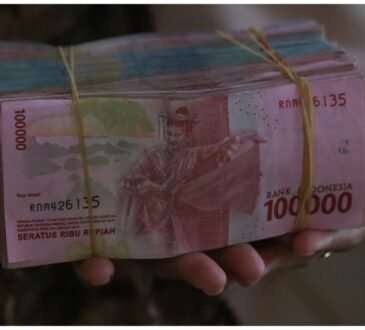Paul O’Neill, a Treasury secretary under George W. Bush, ran into controversy on his first overseas trip when he had the temerity to question the often celebrated, and sometimes bemoaned, strong-dollar policy. O’Neill inherited the mantra from the Clinton years and regarded it as little more than rhetoric. That doctrine won accolades at home, but was considered unhelpful abroad, especially in Asia.
What the US really had, O’Neill argued, was a strong-economy policy. If growth was robust, relative to others, that would be reflected in the value of the greenback. If it waned, then the dollar would decline. People should just chill. That advice is as good today in Tokyo, Seoul, Jakarta and New Delhi as it was a few decades ago. Contemporary Treasury officials don’t talk — and aren’t pestered — as much about foreign-exchange policy as their predecessors. But the strong dollar sure exists in practice, and it reflects a surprisingly resilient American economy. Nations on the receiving end in 2024 have no great choices, but aren’t totally powerless.



